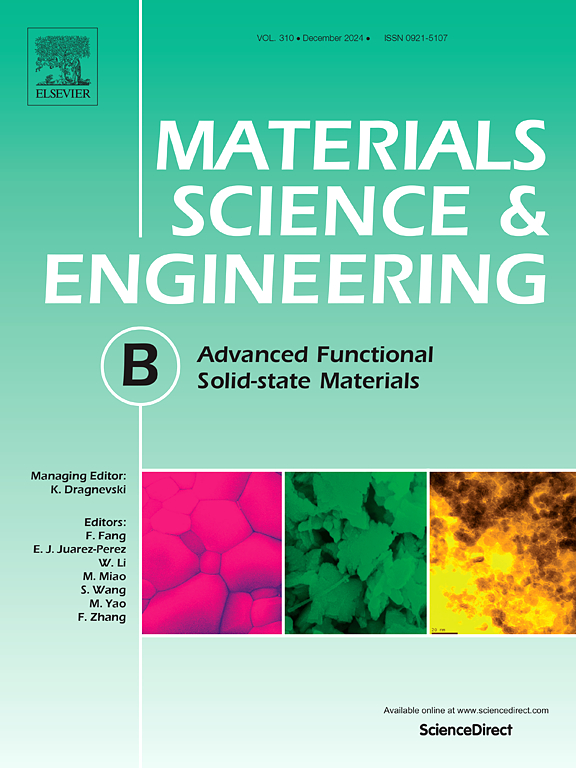Highly efficient arsenate adsorption removal from wastewater based on activated carbon-iron based metal organic framework in situ grown composites
IF 3.9
3区 材料科学
Q2 MATERIALS SCIENCE, MULTIDISCIPLINARY
引用次数: 0
Abstract
Arsenic is a metal-like pollutant with heavy metal properties, and arsenic and its compounds in industrial wastewater are extremely harmful to humans and their environment. In this study AC@Fe-MOF, a composite based on the in situ growth of MIL-101(Fe) on activated carbon, is prepared using a hydrothermal method. Solved the problems of few active sites and low specific surface area of metal–organic framework (MOF) materials, and improved the adsorbent’s ability to adsorb arsenic in industrial wastewater. The experimental results showed that the maximum arsenic removal rate is 99.59 % at the optimum pH = 9, and the maximum adsorption capacity of arsenic reached 1069.1 mg/g at 10 mg incorporation. By adsorption isotherm and adsorption kinetic surface the adsorption process is consistent with the Freundlich model as well as the pseudo-second-order kinetic model. Characterization before and after adsorption using XRD, thermogravimetry, SEM, FT-IR, BET, and XPS demonstrated the successful synthesis of AC@Fe-MOF, revealing that the reaction of functional groups such as O–H and O-C = C to generate new complexes, the increase of active sites occupied on the surface of activated carbon, and physical adsorption as the main reaction mechanisms. The material shows the feasibility of in situ growth of metal–organic frameworks on activated carbon, which is widely promising in the field of arsenic industrial pollution.
求助全文
约1分钟内获得全文
求助全文
来源期刊

Materials Science and Engineering: B
工程技术-材料科学:综合
CiteScore
5.60
自引率
2.80%
发文量
481
审稿时长
3.5 months
期刊介绍:
The journal provides an international medium for the publication of theoretical and experimental studies and reviews related to the electronic, electrochemical, ionic, magnetic, optical, and biosensing properties of solid state materials in bulk, thin film and particulate forms. Papers dealing with synthesis, processing, characterization, structure, physical properties and computational aspects of nano-crystalline, crystalline, amorphous and glassy forms of ceramics, semiconductors, layered insertion compounds, low-dimensional compounds and systems, fast-ion conductors, polymers and dielectrics are viewed as suitable for publication. Articles focused on nano-structured aspects of these advanced solid-state materials will also be considered suitable.
 求助内容:
求助内容: 应助结果提醒方式:
应助结果提醒方式:


